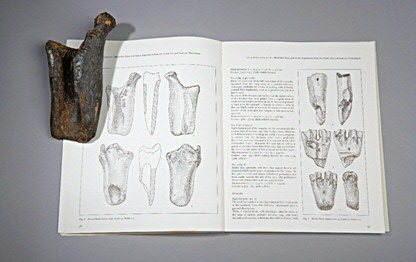Doggerland inhabited

‘Doggerland’ represents a hypothetical landscape, a concept coined by archaeologist Bryony Coles in 1998. Investigations over the past two decades primarily focussed on demonstrating the physical preservation of palaeolandscape remains below the seafloor, and the potential for archaeological and palaeolandscape research. Enormous progress has been, and is still being made, notably due to the cooperation between marine geologists, environmental scientists, and archaeologists. With regard to the humans who inhabited Doggerland, much is still obscure, and often, reference is made to the situation in the southern Baltic, from where much more is known. There is, however, reason to suspect that the Baltic cannot stand model for the Doggerland situation, not in the least because of significant differences in postglacial environmental dynamics. By directly focussing on the archaeological and palaeontological finds from Doggerland itself, and by anchoring these in a chronological framework, we will contribute to the development of fresh models on human existence in this part of the world. Combined with current knowledge on climate-driven palaeolandscape developments, it is the aim of the project to move from potential to Doggerland inhabited by people.
| Last modified: | 31 May 2021 11.16 a.m. |
